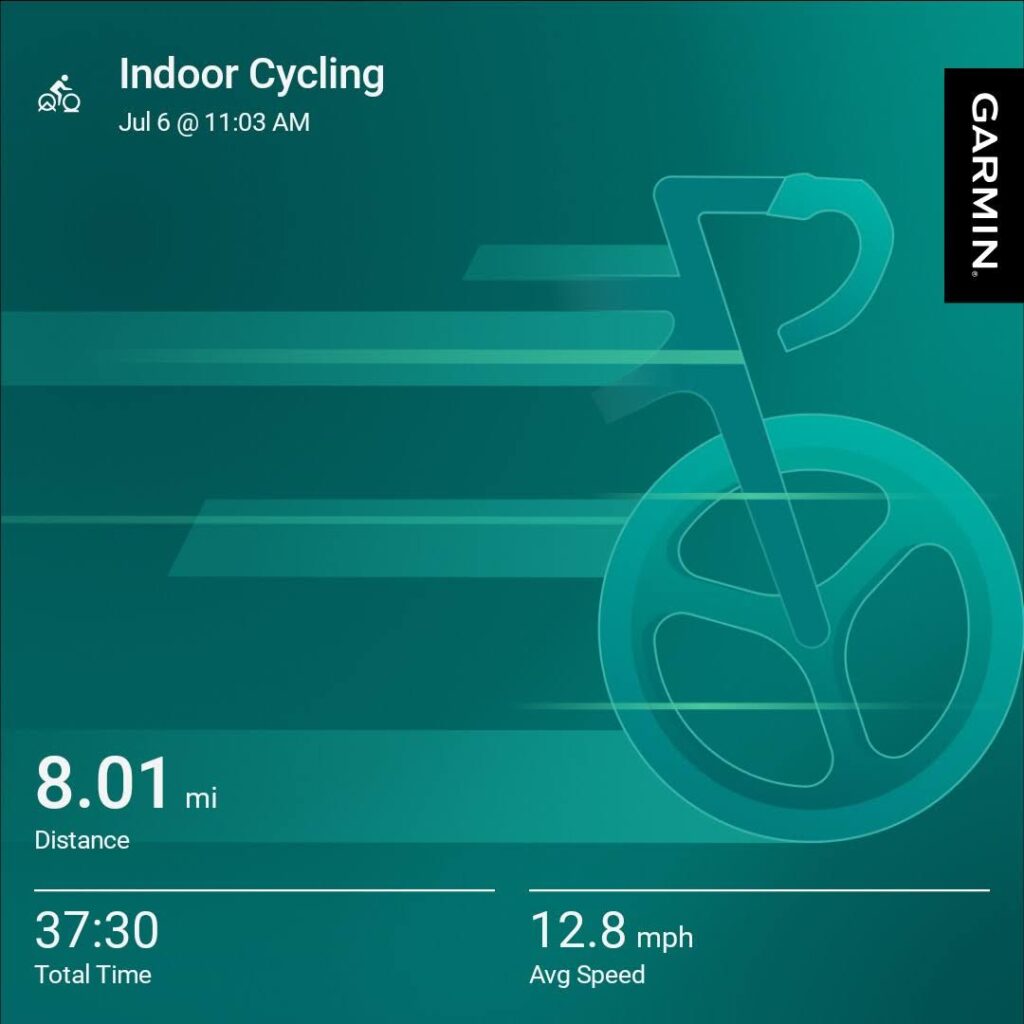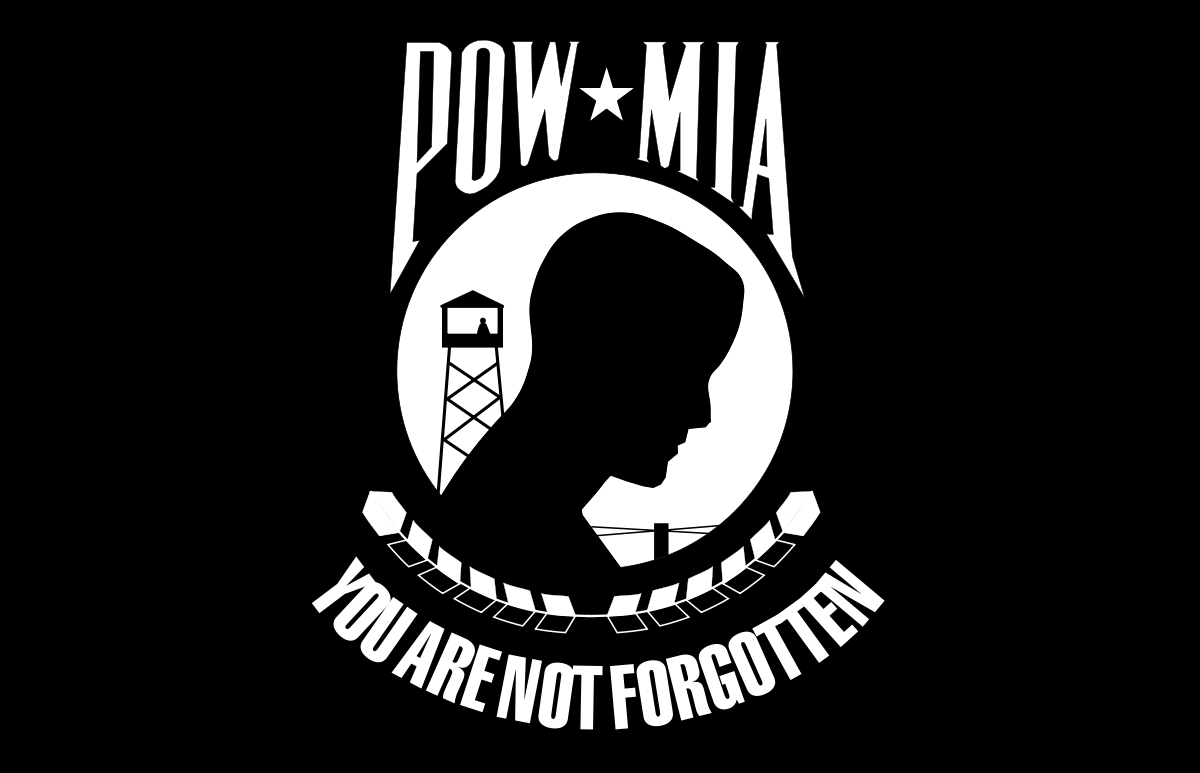As I’m writing this post, there are current 1,567 missing and unaccounted for Americans from the Vietnam war. Each name is preceded (on the West wall) or followed (on the East wall) by a symbol designating status.
◆ Symbol denotes that the service member is known dead or presumed dead.
+ Symbol denotes that the service member was missing or prisoner status when The Wall was built in 1982 and remains unaccounted for today. When a service member is repatriated, the diamond is superimposed over the cross.
Thankfully, in 1970, the National League of POW/MIA Families was formed “with the threefold mission to obtain the release of all prisoners of war, the fullest possible accounting for the missing and repatriation of all recoverable remains of those who died serving our nation during the Vietnam War.” (https://www.pow-miafamilies.org/mission)
Before the Vietnam War, fallen American service members were often buried where they died. The Vietnam War marked a turning point, as many Americans grew divided and turned against those who fought for their country. While there were numerous reasons for this shift, the period following the war brought a significant change in attitude. Since then, there has been a strong commitment to honoring veterans with respect and ensuring that every fallen service member is accounted for.
The Heroes: 8 Miles for 8 Names
ATC William wallace Newton
On Wednesday, February 17, 1960, a Douglas R4D-5 (DC-3) from Naval Advisory Group, Military Assistance Advisory Group (MAAG) was on a flight from Saigon to Hue when it crashed into Hon Chay Mountain, a 2,752 foot (839m) mountain peak near Da Nang, Quang Nam Province, South Vietnam. All three crew members were killed. They included LCDR George W. Alexander, LCDR Roger H. Mullins, and ATC William W. Newton. [Taken from aviation-safety.net and other web sources] (WKillian, vvmf.org)
ATC William W. Newton is the third crew member from Mission 2: The Names Before the Names.
SSGT Maurice W Flournoy

SSG Maurice W. Flournoy served with the 6003rd Support Squadron, Military Assistance Advisory Group, Vietnam (MAAGV). On the morning of February 27, 1960, Flournoy’s remains were pulled from the Mekong River six days after he had gone missing. His death was carried by the U.S. Department of Defense as occurring in Vietnam; however, multiple articles in the El Campo Citizen (El Campo, TX) and elsewhere state the accident happened in Laos. A U.S. Air Force missing report dated February 21, 1960, marked “Secret” supports the Laos location since the presence of active duty U.S. military in Laos was classified in1960. The El Campo Citizen article claimed Flournoy “drowned when he fell from a river boat while on a picnic cruise while stationed in Laos.” It went on to say that four Americans with him dove into the swiftly moving current to rescue Flournoy, but his body was never sighted. Six days later, his remains were recovered and flown to San Francisco by military transport. [Sourced at coffeltdatabase.org and El Campo Citizen (El Campo, TX), March 8, 1960, transcribed at findagrave.com] (WKillian, vvmf.org)
AECA Richard Edward Stephan, Repatriated
AEC Richard E. Stephan was an aviation electrician assigned to Naval Advisory Group, Military Assistance Advisory Group, Vietnam (MAAGV). On August 31, 1960, AEC Stephan died in Saigon reportedly from malaria. His name was added to the Vietnam Veterans Memorial Wall in May 1986. [Taken from coffeltdatabase.org] (WKillian, vvmf.org)
LT Tom Joseph Cress, Repatraited

LT Tom J. Cress was a U.S. Navy pilot assigned to Attack Squadron 153 (VA-153), Carrier Air Wing 15 (CVW-15) aboard the aircraft carrier USS Coral Sea (CVA 43). In early 1961, the Coral Sea was on duty in the Far East with the U.S. Navy’s Seventh Fleet as part of a multi-ship carrier task force deployed off the Indochinese Peninsula. On January 6th, she was steaming near the south coast of Honshu Island, Japan, conducting flight operations when LT Cress crashed his Douglas A-4C Skyhawk (#142918) on the deck and was lost in the waters of the Philippine Sea. The accident also killed two airwing personnel and caused major damage to several aircraft parked forward of the portside flight deck. The following is a personal account of the incident by William C. Sherman: “The night Tom was killed, I was working with the flight deck crew as a yellow shirt/plane director. It was late, and Tom was overdue, every plane back but his. I saw his lights (coming in), and it looked as though he was up and down on the horizon. As he came closer to the ship, the landing signal officer gave the red light (abort landing signal), but Tom ignored it, I figured he was either low on fuel or wounded. He landed short, rupturing the (A-4’s) wing tanks. I watched the aircraft become a ball of fire, coming right at myself and my crew. It hit the first plane in the pack, then took out nine more planes on the port side of the bow. There were ordinance men and mechanics working under all the planes on the bow. Two ordinance people were killed. It continues to haunt me to this day.” Flight operations ceased following the crash and search and rescue efforts were initiated. Cress’s remains were not recovered. [Taken from coffeltdatabase.org and information provided by William C. Sherman (December 1999) at thewall-usa.com] (WKillian, vvmf.org)
According to the photos on Cress’s Wall of Faces page, he was active at Marquette University.



SSGT Alfons Aloyze Bankowski, MIA

The C-47 aircraft crew consisted of 1LT Ralph W. Magee, pilot; 1LT Oscar B. Weston, co-pilot; 2LT Glenn Matteson, navigator; SSGT Alfons A. Bankowski, flight engineer; SSGT Frederick T. Garside, assistant flight engineer; SSGT Leslie V. Sampson, radio operator; and passengers MAJ Lawrence R. Bailey and WO1 Edgar W. Weitkamp. Bailey and Weitkamp were assigned to the Army Attache Office at Vientiane, Laos. The aircraft crew was all Air Force personnel flying from the 315th Air Division, Osan Airbase, Korea. This C-47 was a specially modified intelligence-gathering SC-47 which took off from Vientiane for Saigon. The passengers and crew were bound for “R & R” in the “Paris of the Orient”. Before heading for Saigon, the pilot turned north toward Xieng Khouangville, a Pathet Lao stronghold on the eastern edge of the Plain of Jars. The crew, experienced in intelligence collection, planned to use their radio-direction finding equipment to determine the frequencies being used by Soviet pilots to locate the Xieng Khouangville airfield through the dense fog that often blanketed the region. Pathet Lao anti-aircraft guns downed the plane, shearing off a wing and sending the aircraft plummeting toward the jungle. MAJ Bailey, who always wore a parachute when he flew, jumped from the falling aircraft and was captured by the Pathet Lao. Bailey spent seventeen months as a prisoner in Sam Neua, the Pathet Lao headquarters near the North Vietnamese border, before being repatriated after the signing of the Geneva Agreements on Laos in 1962. The caves at Sam Neua were said to have held scores of American prisoners during and after the war. The seven men lost on March 23, 1961 were the first of many hundreds of American personnel shot from the sky only to disappear in the jungles of Laos. Four Lao sources stated that 7 of the 8 personnel on board died in the crash of the aircraft, and were buried in the vicinity. [Narrative taken from pownetwork.org; image from wikipedia.com] (WKillian, vvmf.org)

Many remembrances on Bankowski’s Wall of Faces page are from family and friends, but one caught my eye from friend, Ed Johnson, MSGT, USAF (Ret.): “Al, Here’s a great photo of your ’59 Galaxy 500 4 door. It has many memories for a few of us. There’s your Mom sitting in the driver’s seat doing one of the engine runs you asked her to do while you were gone. And, when Carole and I got married you stood up and volunteered to be our driver in the “Limo”.”
SSGT Frederick Thomas Garside, Repatriated in 1991
SSGT Frederick T. Garside was in the same C-47 aircraft as 1LT Ralph W. Magee, 1LT Oscar B. Weston, 2LT Glenn Matteson, SSGT Alfons A. Bankowski, SSGT Leslie V. Sampson, MAJ Lawrence R. Bailey (survived) and WO1 Edgar W. Weitkamp.
In a 1991 article, COL Lawrence R. Bailey, Ret. (passed in 2015), recalled the crash. He mentioned he was just “hitching a ride to Saigon” and that he yelled for the others to jump, however, Bailey was the only one wearing a regular parachute compared to the others that were harnessed to static hook parachutes.
Capt Ralph Wayne Magee, Repatriated in 1991
CAPT Ralph W. Magee was in the same C-47 aircraft as SSGT Frederick T. Garside, 1LT Oscar B. Weston, 2LT Glenn Matteson, SSGT Alfons A. Bankowski, SSGT Leslie V. Sampson, MAJ Lawrence R. Bailey (survived) and WO1 Edgar W. Weitkamp.
2LT Glenn Matteson, Repatriated in 1991
2LT Glenn Matteson was in the same C-47 aircraft as SSGT Frederick T. Garside, 1LT Oscar B. Weston, CAPT Ralph W. Magee, SSGT Alfons A. Bankowski, SSGT Leslie V. Sampson, MAJ Lawrence R. Bailey (survived) and WO1 Edgar W. Weitkamp.
Francine Colgan left a remembrance on Matteson’s Wall of Faces page talking about how she found his POW/MIA bracelet in the bed of a car she had bought in 2006. When researching the information, she made sure the bracelet made it to Matteson’s grave site.
Silent Miles Summary








Leave a Reply